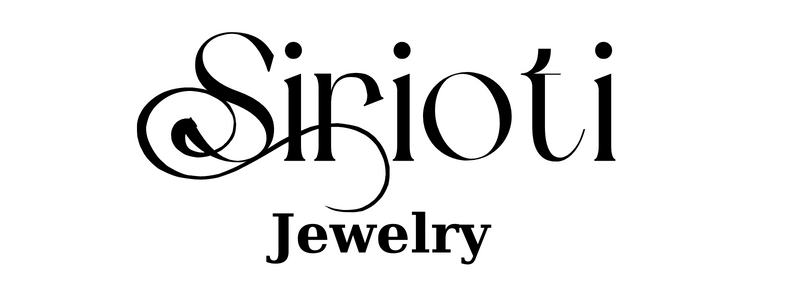Introduction
Circe, the powerful sorceress of ancient Greek mythology, has fascinated readers for centuries with her magical prowess and complex character. Best known for her role in Homer’s Odyssey, Circe’s story extends far beyond turning men into swine. This post delves into her origins, her significant role in mythology, and how her character continues to evolve in modern retellings.
Who Is Circe? Origins and Lineage of the Sorceress
Circe, also spelled Kirke, was the daughter of the Titan Helios, god of the sun, and the nymph Perse. Her divine lineage bestowed her with extraordinary magical powers, particularly the ability to transform humans into animals. While often portrayed as a dangerous enchantress, her origins reflect a more complex character rooted in both divinity and mysticism.
Circe in the Odyssey: A Dangerous Foe or a Helpful Ally?
Circe's most famous appearance is in Homer’s Odyssey, where she uses her magical powers to transform Odysseus’ men into pigs. While initially a threat, Odysseus, with the help of Hermes, resists her magic. Impressed by his courage and resilience, Circe transitions from a villain to an ally, helping Odysseus on his journey home. This duality—both dangerous and benevolent—makes her one of the most intriguing figures in Greek mythology.
 Sorceress Circe turning Odysseus' men into pigs.
Sorceress Circe turning Odysseus' men into pigs.
Circe's Magic: Symbolism of Transformation
Circe’s primary power, the ability to transform humans into animals, is deeply symbolic. In many myths, transformation is a reflection of inner desires or flaws. For example, Circe’s transformations in the Odyssey can be seen as punishment for the sailors' indulgence. Her magic represents the thin line between human and beast, intelligence and instinct, and reflects broader themes of power, control, and identity.
Circe’s Role in Other Myths
Beyond the Odyssey, Circe appears in other stories, including those of Jason and the Argonauts. She purified Jason and Medea after Medea killed her brother, displaying her role as both a punisher and a purifier. Circe is also connected to the tragic hero Telegonus, her son by Odysseus, who accidentally killed his father. These stories deepen her complex role in Greek mythology as both protector and destroyer.
Circe in Modern Culture: A Feminist Icon?
In modern retellings, Circe has been reinterpreted as a figure of empowerment. Madeline Miller’s Circe (2018) re-imagines her story through a feminist lens, portraying her as a misunderstood figure seeking independence and identity. This novel emphasizes her struggles with isolation, her desire for control over her life, and her quest to define herself beyond her role as an enchantress.
Lessons from Circe: Power, Loneliness, and Redemption
Circe’s myth offers timeless lessons on the use of power, the consequences of isolation, and the possibility of redemption. Her transformation from a manipulative sorceress to a helpful guide in the Odyssey symbolizes the duality of human nature—both capable of harm and healing. Her story reminds us of the complexity of identity, the dangers of unchecked power, and the transformative power of self-discovery.
Conclusion
Circe, the enchanting sorceress of Greek mythology, continues to captivate audiences through her mysterious, multifaceted character. From her ancient roots in the Odyssey to modern reimaginings, Circe embodies the themes of transformation, power, and independence. Her story, like the magic she wields, defies simple explanation—leaving us to wonder about the fine line between the human and the divine, the villain and the hero.

